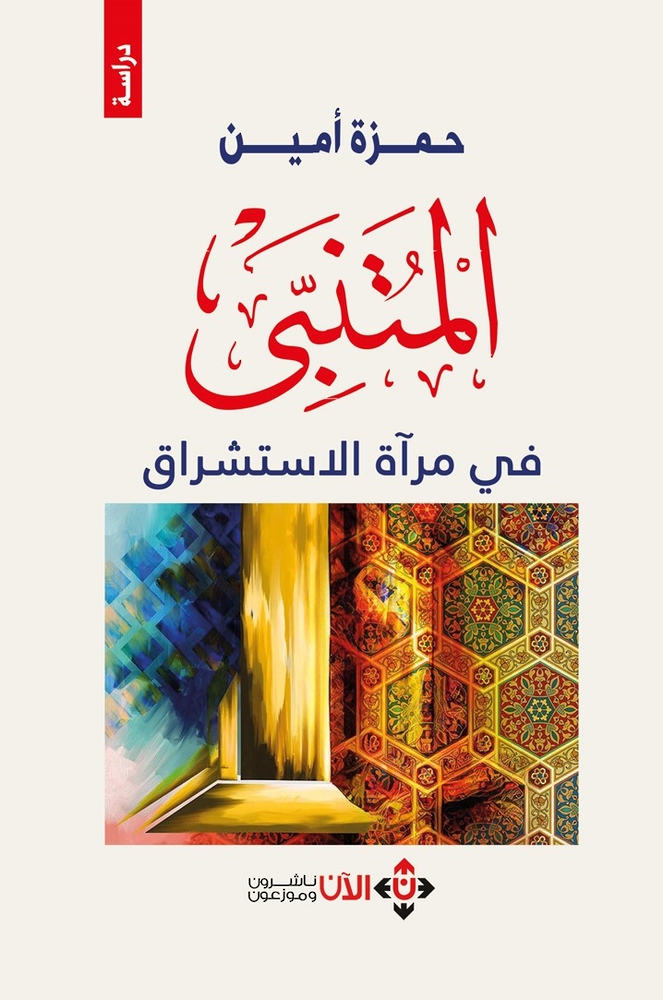Amman - Saba:
Jordanian researcher Hamza Amin explores in his book "Al-Mutanabbi in the Mirror of Orientalism" the study by French Orientalist Régis Blachère on Al-Mutanabbi, which examined the poet’s personality, his poetry, and the social, political, intellectual, and ideological circumstances of his time.
According to the Omani News Agency, the author explains that he chose Blachère’s perspective because it extended to redrawing the historical, political, and intellectual frameworks in which Al-Mutanabbi operated, then meticulously rearranged his poetic history without overlooking the key artistic features of his poetry.
Amin clarifies that Blachère’s perspective represents the Western view of an Arab literary and critical phenomenon. Blachère’s work was distinguished not only as that of a researcher but also as an Orientalist who applied the same analytical tools to Arabic literature as he did to foreign literature—an approach that may sometimes lead to confusion in conclusions and judgments.
In his introduction to the book, Dr. Ghassan Abdul Khaliq notes that researcher Hamza Amin engaged with two highly "ambiguous and complex" issues: Al-Mutanabbi on one hand and Orientalism on the other. Amin "spared no effort in shedding light on many of the ambiguities surrounding this complexity." According to him, Al-Mutanabbi "was, is, and will remain a continent shrouded in mystery," while Blachère "was, is, and will remain a controversial Orientalist—with his merits and flaws."
The book consists of an introduction, a preface, two chapters, and a conclusion. The preface discusses the concept of the "mirror" as a means of reflecting the image of Al-Mutanabbi as portrayed by Blachère for the West. It then defines Orientalism and provides biographies of Al-Mutanabbi and Blachère, followed by an overview of Al-Mutanabbi’s image among Orientalists.
The first chapter examines Al-Mutanabbi’s poetic history from Blachère’s perspective, covering the ideological and intellectual currents that influenced the poet, the chronological/poetic framework of his work, and concluding with the poetic themes Blachère highlighted, such as praise, satire, description, love poetry, and wisdom literature.
The second chapter focuses on the artistic features of Al-Mutanabbi’s poetry from Blachère’s viewpoint, emphasizing the key stylistic elements that shaped the poet’s diwan (collection of poems). These include the obscure and the unfamiliar, Al-Mutanabbi’s fondness for similes and metaphors, antithesis as a recurring phenomenon, and skillful transitions in poetry.
The book concludes by highlighting Al-Mutanabbi’s image as a critical phenomenon in the fourth century according to Orientalists in general and Blachère in particular. It presents several findings and recommendations, most notably that Al-Mutanabbi did not appear in Orientalist discourse as a singular figure but rather as multiple images, depending on each scholar’s perspective and field. Some Orientalists emphasized his historical significance, others deferred his importance to geography, while some classified him among the genius poets.

| more of (International) |




